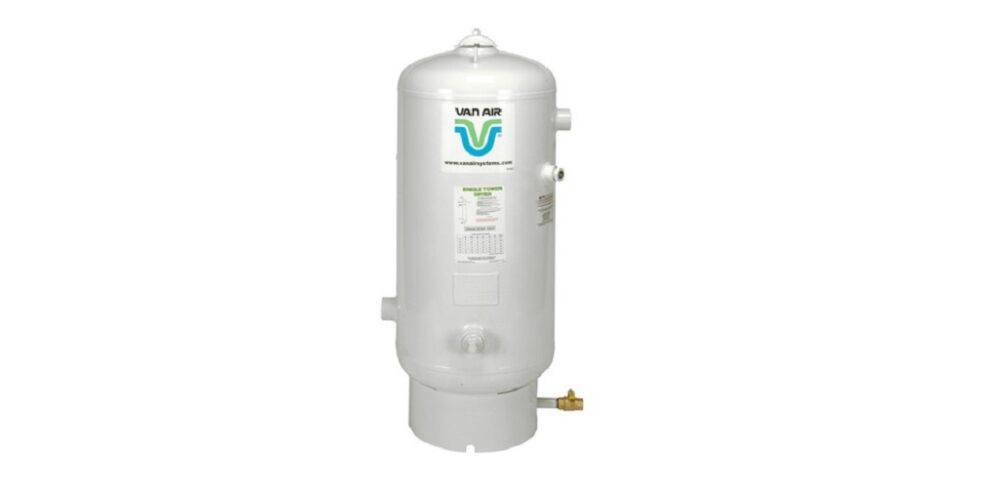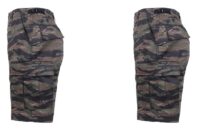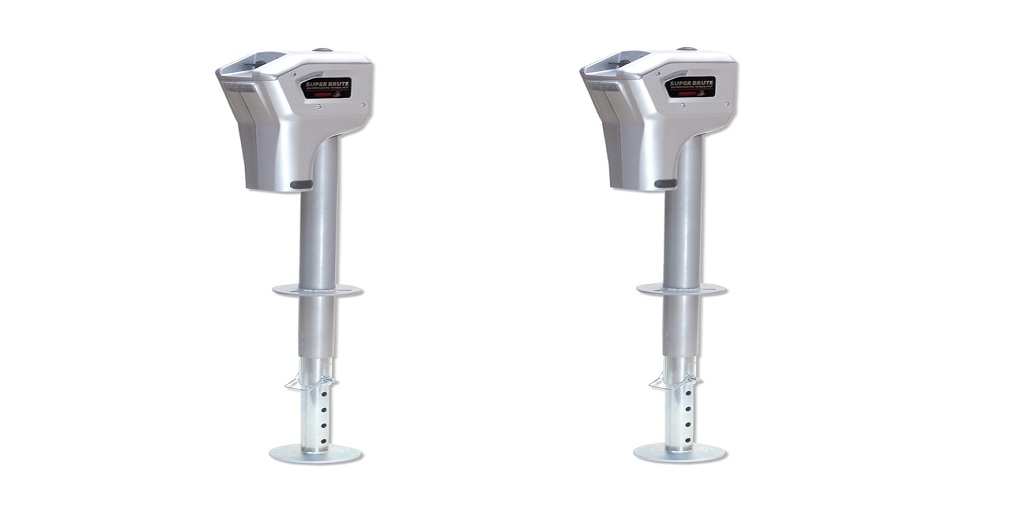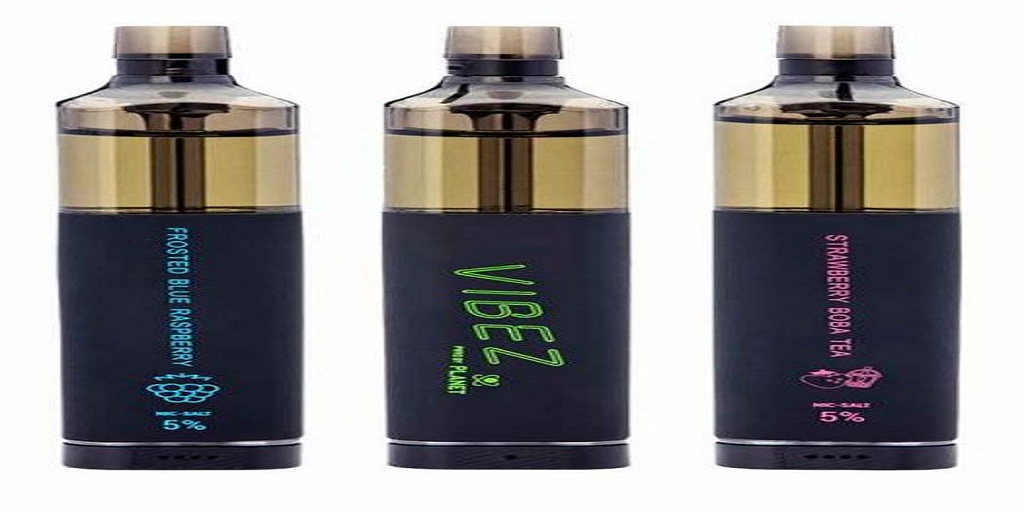Having trouble achieving dry,compressed air? To solve the problem, all you need is a compressed desiccant air dryer. Desiccant air dryers are particularly important for processes and applications that demand exceptionally dry air or a very low dew point.
It is extremely difficult to extract dry air suitable for industrial application from the surrounding atmosphere. The quality of processed air will be compromised, and moisture-sensitive gear may be damaged, if excess moisture is not removed from compressed air created for industrial use.
This article explains how desiccant air dryers function, how they can be used in industrial air-drying processes, what types are there, and where to obtain them.
The Definitive Guide to Desiccant Air Dryers
An industrial piece of equipment called a desiccant dryer removes water from the air that passes through it using desiccants. To guarantee a constant air drying cycle, a typical desiccant dryer system employs a dual-tower configuration.
How Do Desiccant Dryers Operate?
It’s easy to understand how desiccant air dryers work: they dry air by passing it over a bed of desiccant. The desiccant absorbs water from the humid compressed air through a process of evaporation and condensation. Desiccants lose their drying capacity with time, therefore they need to be replenished on a regular basis.
Heatless Compressed Air Desiccant Dryer
In order to prevent the heat of adsorption from escaping from the desiccant beds, heatless air dryers utilize a pressure swing adsorbent. Desiccant regeneration uses the stored heat of adsorption to eliminate moisture from the desiccant, allowing for continuous operation.
Blower Purge Air Dryer
One kind of dryer that uses reactivated heat is the blower purge air dryer. These dryers are among the most cost-effective to run because no compressed air is lost during blower regeneration. In order to regenerate, ambient air must first be blown into a heater, where it is heated before being passed into the regeneration tower.
If you need to dry compressed air to a dew point below the freezing point of water, but don’t want to break the bank doing it, look no further than a regenerative blower purge-type compressed air dryer. Compressed air’s dew point can be reduced by using a desiccant dryer, which works by attracting and absorbing water vapor from the air. Adsorption continues until the air and desiccant partial pressures are equal.
Externally Heated Dryers
Cleaning the air of dust, moisture, and oil is simple with an externally heated dryer. The design relies on the tried-and-true adsorption principle, making it easy to implement with room for variation. Constant dehumidification is attained with the use of a pair of desiccant towers.
Desiccant towers are used to dehumidify compressed air, with one tower always in use while the other undergoes regeneration. A dry air purge flow, warmed by an external electric heater, completes the desiccant regeneration heating cycle. Regeneration cooling cycles are carried out with the same stream of dry compressed air drawn from the desiccant air dryer outlet to maintain a constant dewpoint.
Where to Buy Desiccant Air Dryer Systems
The market is flooded with dozens of air-drying systems, but not every one of them will work for your specific needs. Before selecting an air dryer system for your industrial operation, seek assistance from a reliable source with a considerable understanding of air-drying solutions.
Compressed air dryers are used in many different types of industrial processes, and Air & Vacuum Process Inc. has years of experience providing them. If you have any questions, please contact them at 866.660.0208 right now.












